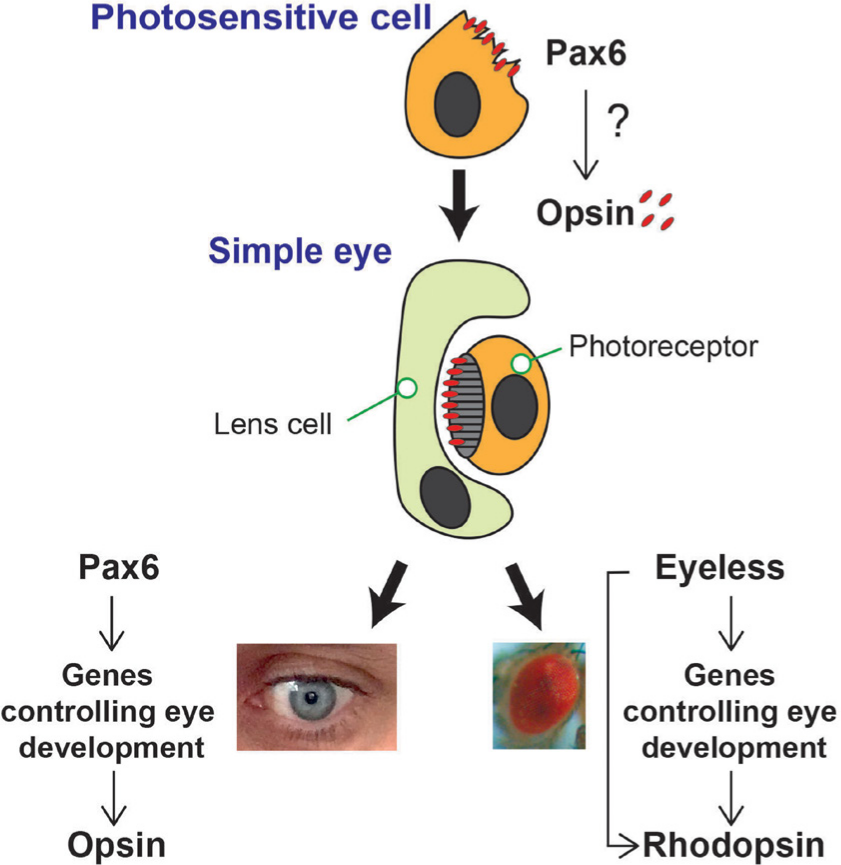Feature Article in The Biochemist for Pichaud Lab
Among the many eyes that have evolved on Earth, the insect compound eye is the most abundant. Its crystal-like lattice structure is a feat of engineering that has evolved over millions of years, and is exquisitely adapted to detect moving objects and discriminate colours. This enables many behaviours, including foraging for food, finding a mate and avoiding predators.
Our understanding of how the compound eye is built and works has been greatly expanded by studying the humble fruit fly, Drosophila melanogaster. The simple outward appearance of the fly eye belies a host of sophisticated features. Through the precise arrangement of photosensitive cells in the retina and their connections to the brain, the fly eye packs an astonishing amount of hardware into a very tiny volume. In a recent Feature Article in The Biochemist, Walther and Pichaud discuss the molecular pathways that underpin the building and inner workings of this sophisticated sensory system.
 Close
Close


